The Waders For Real project involves monitoring lapwing chick survival, which means we are catching and ringing birds from a young age and able to watch them develop into adults.
As always, all catching and ringing is done under strict licence by trained individuals. We aim to catch chicks at hatching and then once again in order to fit colour rings. This does not have any effect on the fitness or survival of the chicks.
Day 0
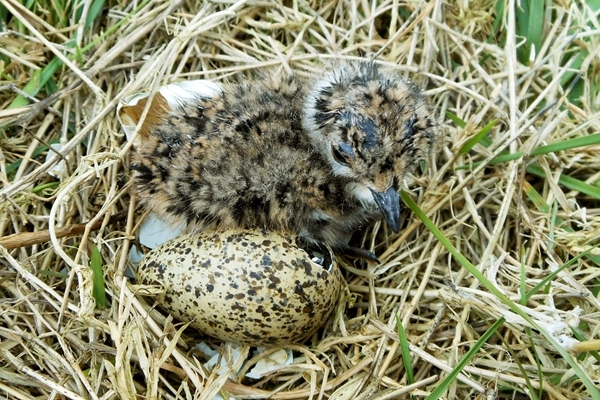
Here, one chick has just hatched and the other has begun to hatch. The ‘egg tooth’ is still visible
on the hatching chick; this is a hard white cap on the top of the bill. This is used to break the air
sack inside the egg and then to break the eggshell in order to hatch. The egg tooth can be retained
for around 24 hours after hatching.
Day 1
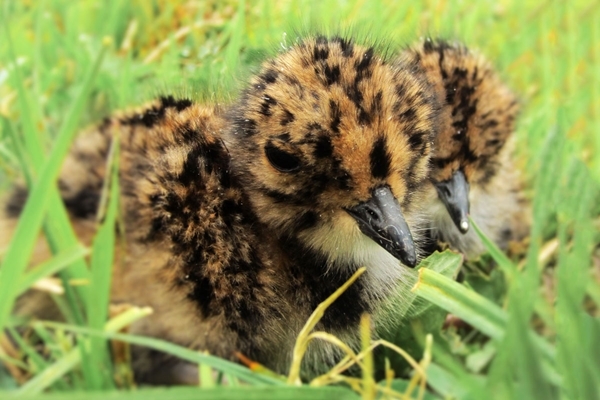
Weighing only around 15-17g, they start to forage by themselves. However, they do rely on
their mother to brood them, as they are unable to regulate their own body temperature. They
are particularly vulnerable at this age, relying on the parent birds to alarm call at the sign of
danger and then their camouflage to protect them from predation.
Day 9
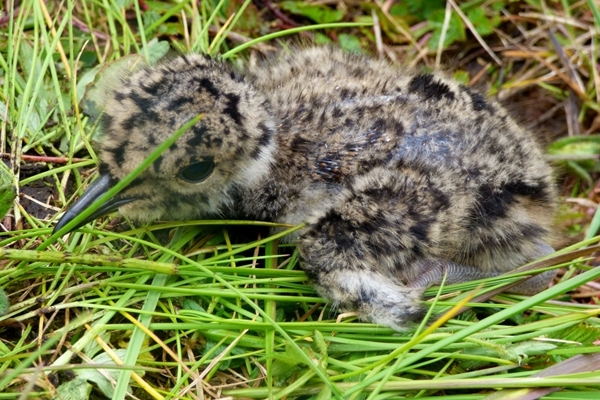
The lapwing chicks are starting to develop their feathers and are a little better adapted to
getting around the water meadows. They spend time foraging for invertebrates around the
edges of wet pools and ditches. These areas also provide vegetation cover good for hiding in.
Day 21

They have begun to lose their downy fluff and their juvenile feathers are growing well. They
are very well camouflaged at this stage. Lapwing chicks can move quite far to find good
feeding areas, however if the conditions are good they may stay in the same ditch or pool
until they fledge.
Day 24

The flight feathers are around half grown. The chicks are now able to fly short distances to
avoid capture and predation. The type of terrain and vegetation often determines whether
chicks will hide or run – if there are areas of high vegetation they will hide and rely on their
camouflage, which is very effective.
Day 30

Once the chicks are close to fledging, we aim to recapture them to fit them with colour
rings. Each individual gets a unique combination of colour rings along with a black flag identifier
that is unique to the project. These will stay with them for the rest of their lives, and it enables
us to distinguish between individuals without needing to recapture them.
Day 35
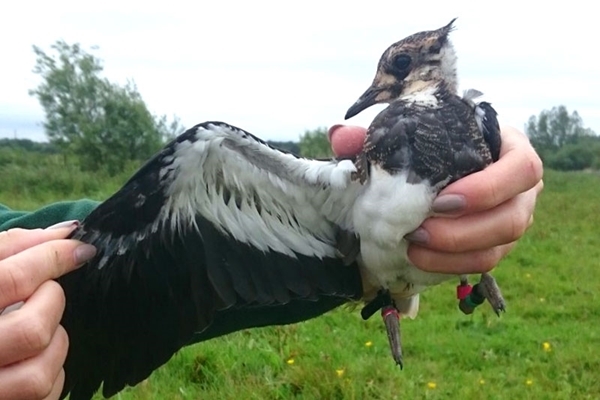
The chicks can fly well as their wings are fully developed. Chicks often stay in the fields
where they have fledged for several days and sometimes weeks after fledging. They then
begin to group up with other birds into post-breeding flocks.
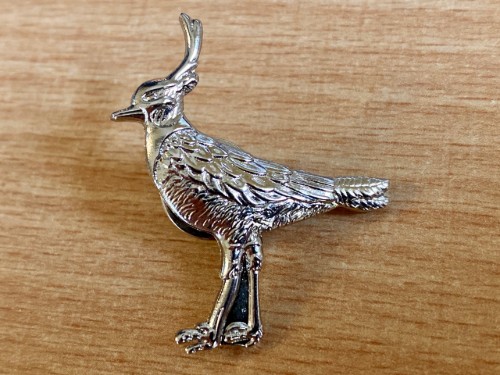
Get your GWCT Lapwing Badge for £9.99
£5 from the sale of each badge goes directly to our Wader Tracking Appeal
You can support our biggest tracking project yet and help curlew, lapwing and woodcock with our brand new lapwing pin badge. £5 from the sale of each badge goes toward this vital project. Badge measures approx 3cm x 3.5cm.
View Badge >
or
Buy Now - £9.99 >
100% Secure. All Credit & Debit cards, PayPal, Apple Pay and Google Pay accepted.
